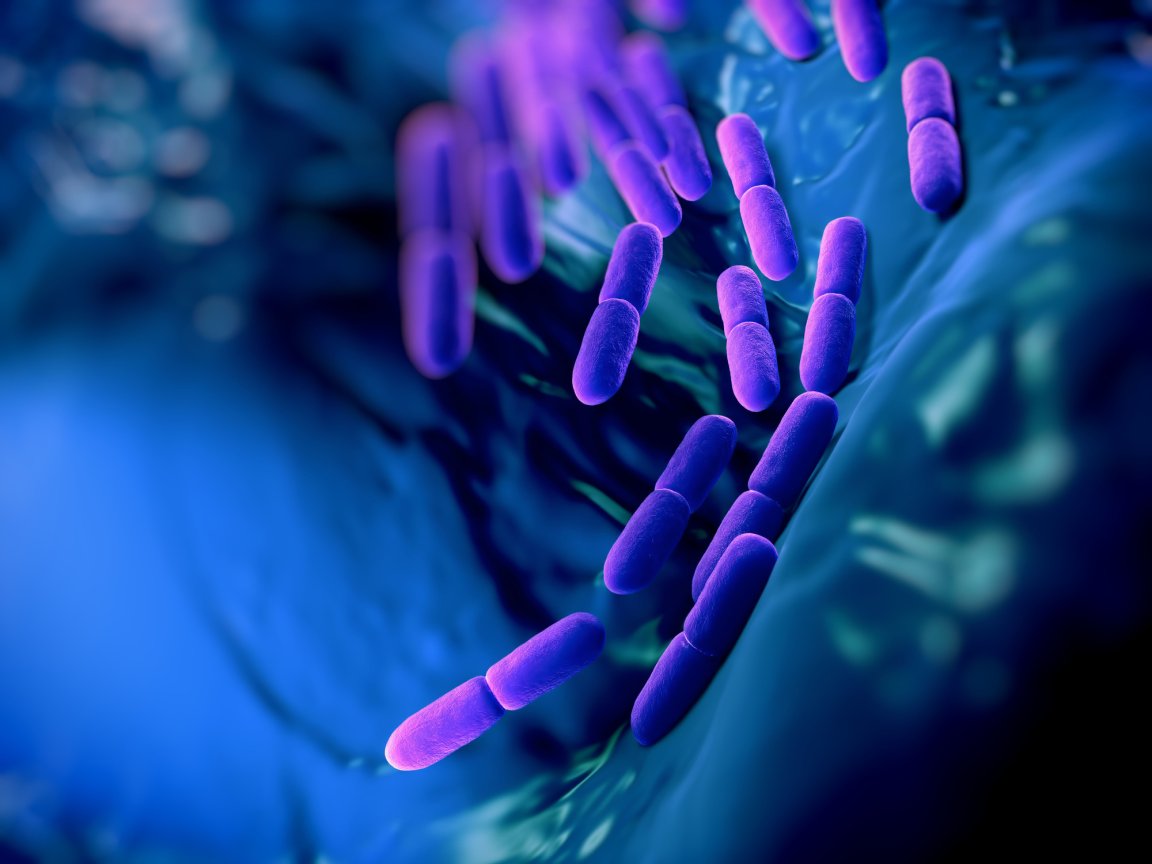
AGCTXY
Every living thing on Earth is built up from the building blocks that are the four genetic bases, which are designated as A, G, C, and T. Now, scientists have successfully added two extra, synthetic bases to a bacterium.
Previously, a team of researchers genetically engineered a bacterium known as Escherichia coli to bear bases dubbed X and Y. However, while the bacteria in that study could store the bacteria and pass them onto cells produced via mitosis, there were limitations – the bases had to be transcribed into molecules of RNA before being translated into proteins.

This new study introduced the X and Y bases into bacterial genes where the standard four bases were already present, thereby expanding the genetic code as we know it.
Tests demonstrated that microbes were able to process this genetic information and transcribe it onto RNA molecules as a result. Those molecules demonstrated the ability to produce green fluorescent protein – a protein that exhibits a bright green glow when exposed to light in the range of blue to ultraviolet – containing unnatural amino acids.
Genetic Code Expansion
This research could offer up a host of new possibilities for scientists and medical professionals. The four standard DNA bases can be combined to produce 20 amino acids, but adding X and Y would allow as many as 152 to be synthesized. They may one day become foundational components for drugs and materials that are currently unobtainable.
“The immediate goal that really drives us, is to use the semi-synthetic organism to create new classes of protein drugs,” Floyd Romesberg, who led the study, told Futurism. “As you probably know, protein drugs have already revolutionized medicine. However, the properties that they have, and thus the diseases that they can be developed to treat, must in some way be limited by what they are made of. Unfortunately, the natural amino acids leave a lot of functionality to be desired.”
Advances in a field like this can lead to a situation where scientists might be seen as ‘playing God’ without the proper oversight from the authorities or a specific regulatory body. Romesberg stressed that the techniques used in the 2014 study were safe in an interview with the New York Times.
Zhang explained that the semi-synthetic organism at the center of the research had to be fed the unnatural nucleotides, and cannot replicate or decode the unnatural information unless this happens. Furthermore, there’s no risk of the bacteria escaping the lab and causing unforeseen infections.
“If they escape and get out, they will no longer be ‘semi-synthetic’ because the unnatural base pair will mutate to a natural base pair and they will become normal E. coli,” Zhang added. “And there would be so many steps involved in getting the bacteria to make the nucleotides themselves that they could never evolve the ability to do so, especially because they have no incentive to do so.”
Zhang compared the cell to a ‘factory’ designed to create proteins that could be used to treat medical conditions. “The production of therapeutic proteins using bacteria, yeast and mammalian cells is standard and almost all commercial protein drugs are produced this way,” he wrote. “We are simply adding a technology that may make better protein therapeutics using unnatural amino acids.”
So it goes that scientists continue to stand back in awe of nature’s creations, have a thought, and then tweak the details to improve the human condition.